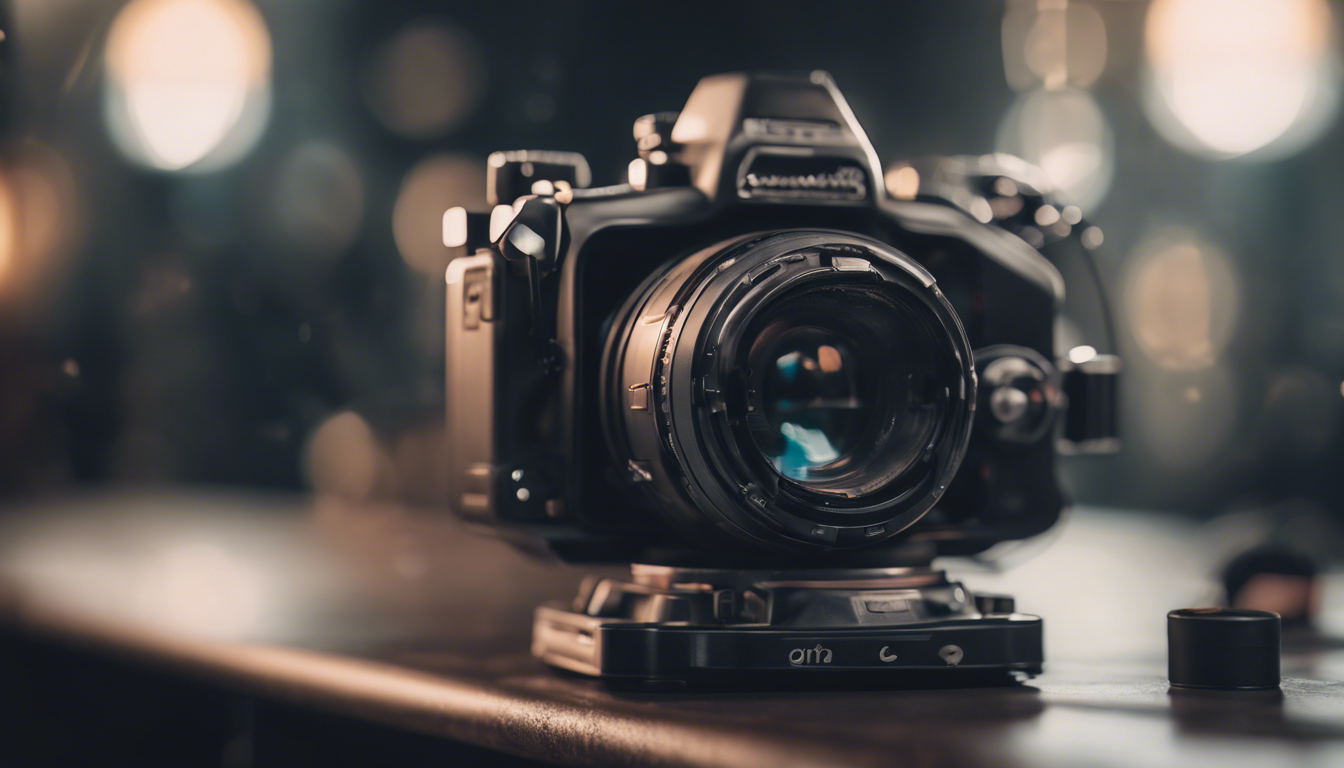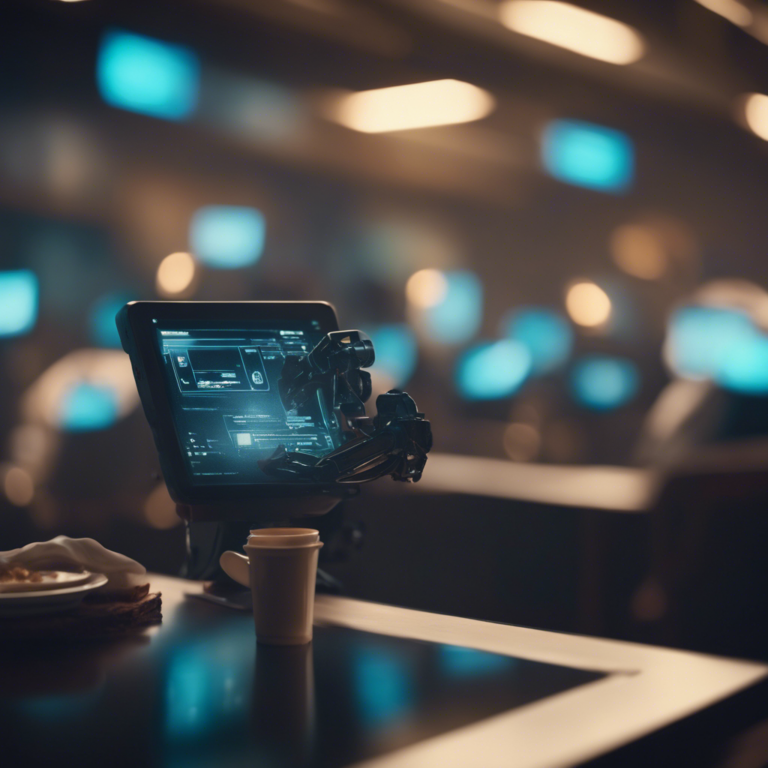Revolutionizing Product Design with Generative AI – Image Generation
In recent years, the integration of generative artificial intelligence (AI) in product design has transformed the industry, offering new possibilities for creativity and innovation. Generative AI, particularly in image generation, has had a monumental impact on how products are conceptualized, designed, and brought to market. This article explores the role of generative AI in revolutionizing product design and its implications for the future.
1. Introduction to Generative AI and its Role in Image Generation
Generative AI refers to algorithms and models that have the ability to create new and original content by analyzing and learning from existing data sets. In the context of image generation, generative AI enables the creation of realistic and high-quality visuals that can be used in various stages of the product design process, from ideation to prototyping.
2. The Impact of Generative AI on Product Design Industry
The integration of generative AI in the product design industry has disrupted traditional methods and workflows, leading to more efficient, cost-effective, and creative approaches to design. By leveraging generative AI, designers can explore a broader range of design options and iterate more quickly, ultimately leading to better end products.
3. How Generative AI Enhances the Creative Process for Product Designs
Generative AI enhances the creative process by acting as a catalyst for inspiration and exploration. It empowers designers to push the boundaries of conventional design by generating novel concepts and visualizations, thereby opening up new possibilities for product innovation and differentiation.
4. Case Studies and Examples of Successful Product Designs Using Generative AI
Several noteworthy examples illustrate the successful application of generative AI in product design. For instance, Company X utilized generative AI to generate thousands of unique product designs based on user preferences, leading to a significant increase in customer engagement and sales.
5. Best Practices and Tips for Implementing Generative AI in Product Design
When implementing generative AI in product design, it is essential to establish clear objectives, prioritize domain-specific data collection, and collaborate closely with data scientists and AI experts. Additionally, integrating generative AI tools into existing design software can streamline the design process and maximize efficiency.
6. Overcoming Challenges and Limitations of Generative AI in Image Generation
While generative AI presents numerous benefits, it also comes with challenges such as ethical considerations, data privacy, and the need for continuous model refinement. Addressing these challenges requires a thoughtful approach that balances technical advancements with ethical and societal implications.
7. The Future of Product Design with Generative AI
The future of product design is intrinsically linked to the evolution and advancement of generative AI. As AI technologies continue to mature, we can anticipate even greater opportunities for customization, personalization, and rapid prototyping in product design, ultimately leading to more tailored and impactful consumer experiences.
8. Conclusion and Key Takeaways
Generative AI has revolutionized product design by empowering designers with unprecedented creativity and efficiency. As the industry continues to embrace and refine the integration of generative AI, we can expect an era of unparalleled innovation and transformation in product design.


